Bellevue, WA
Ripple Effects
How a World Class Aquatics and Wellness Facility in Bellevue
Benefits the Local Economy
Written by Eileen Wang
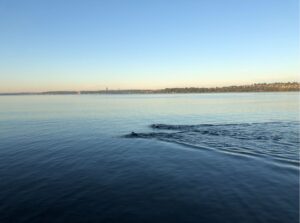
The benefits of a world class aquatics facility in Bellevue are clear when it comes to physical and mental health and well-being. It’s clear when it comes to the need for water safety and building the first new facility in Bellevue in over 50 years. It’s clear that the city’s residents, from babies to senior citizens, will learn skills and connect with others in a spectacular facility. What may not be as clear, is how an aquatics and wellness facility is good for business in Bellevue.
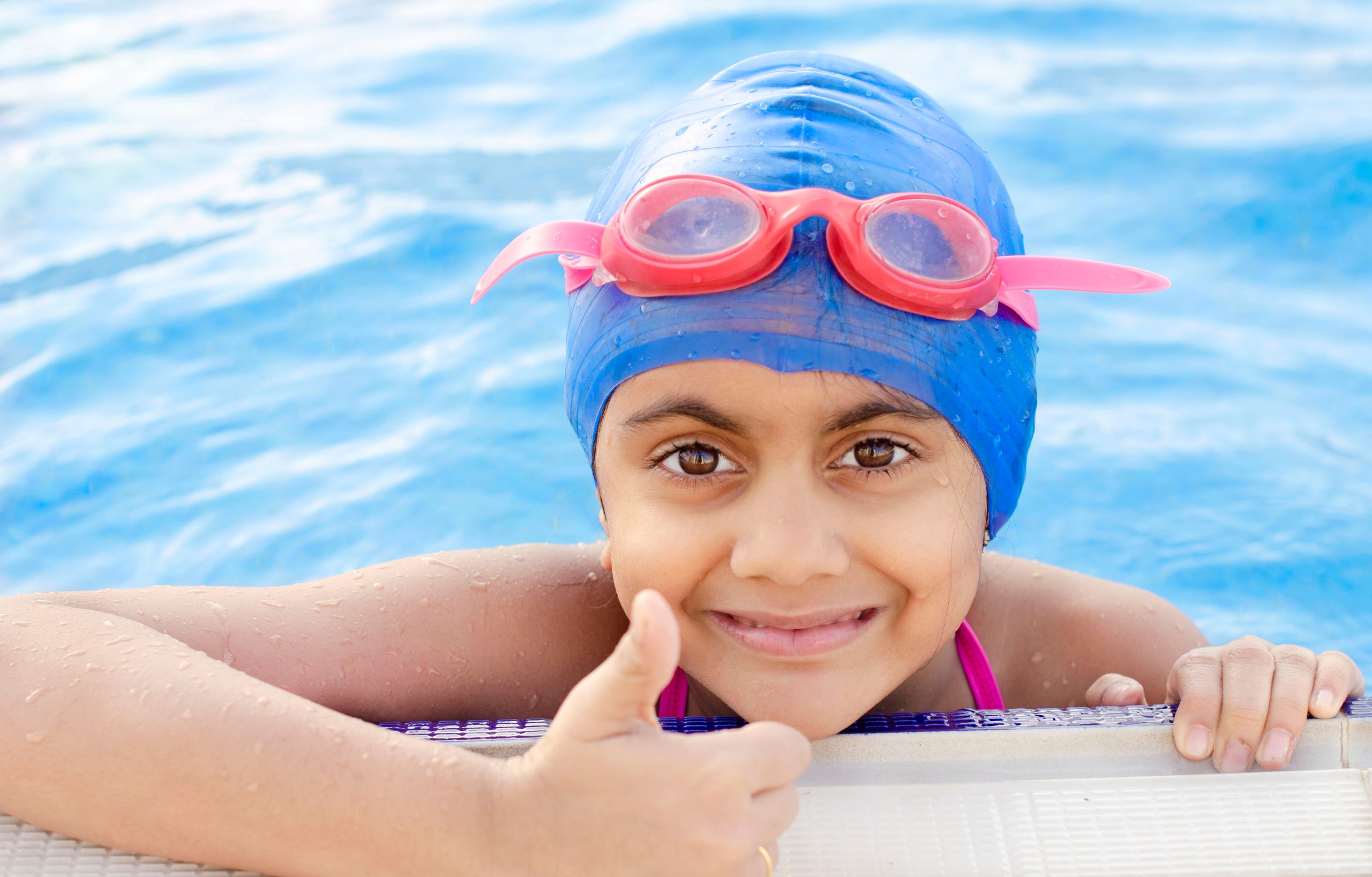
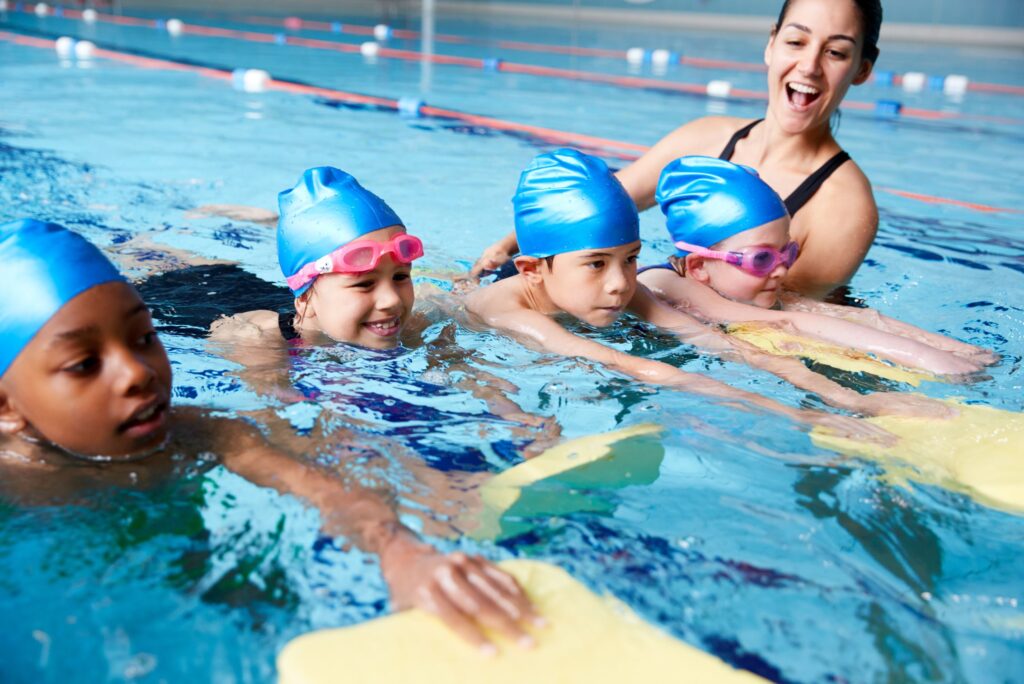
Revenue that comes from swim lessons, fitness classes, drop-in fees, memberships, and rental revenues contribute to covering operational expenses for the facility itself. Beyond this, considerations such as pool rentals by swim teams, use of the facility for high school and regional competitions, and meeting room rentals for local events start to magnify the scale of revenue that extends to the broader community and local businesses.
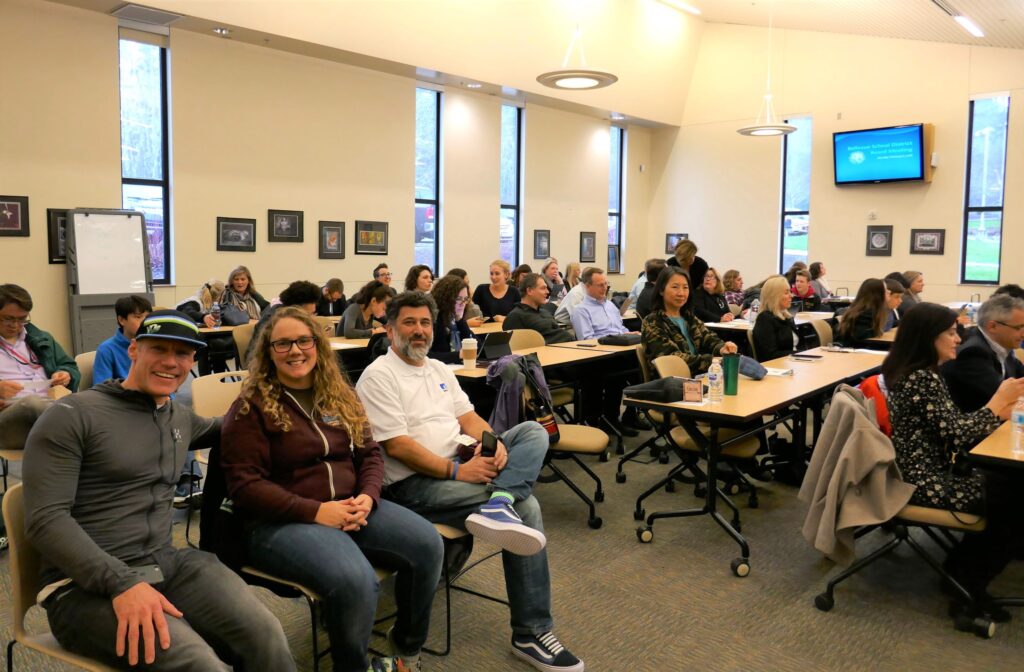
Bellevue School District School Board Meeting, 2018
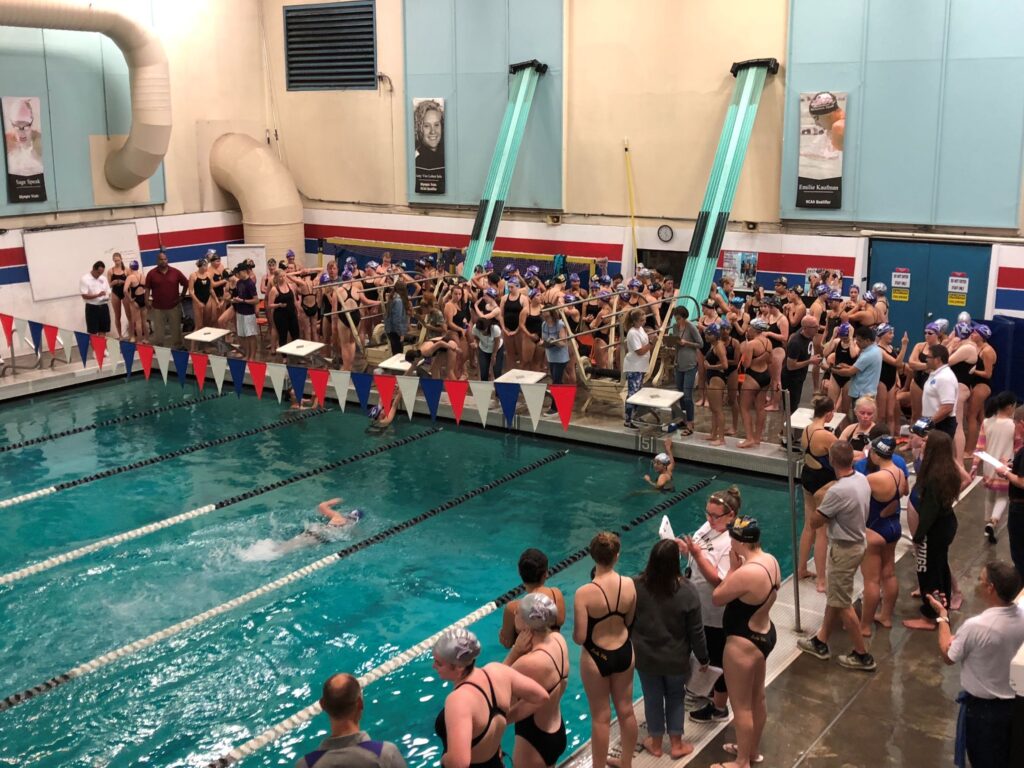
Dual HS meet held at Juanita Pool, 2019
As a local comparison, Lynnwood Community and Recreation Aquatic Center was completed in 2011 serving a population of 38,000 residents (2016 estimate).
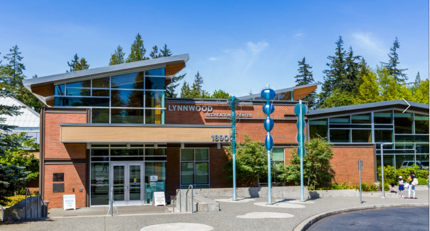
Lynnwood Community and Recreation Aquatic Center built in 2011.
In 2013, open swim participation was at or near capacity with 256,000 participants, with an estimated 166,000 participants paying a drop-in admission fee and the remainder were passholders.
The facility reported weekend visitors from as far as Olympia, 80 miles away.[1]
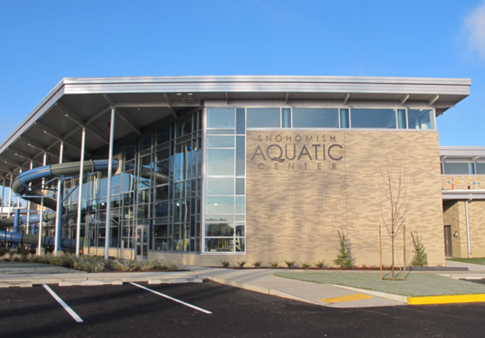
Snohomish Aquatic Center built in 2013.
Similarly, the Snohomish Aquatic Center, built in 2013 to serve a population of 9,500 residents (2014 estimate) sees roughly 22% of its revenue coming from drop-in admissions, with a pretty even split between those coming from Snohomish versus those from outside of Snohomish. About 60% of those drop-in admissions are estimated to be from open recreation swim. Consider the impact of spending by visitors in Lynnwood or Snohomish eating a meal at a restaurant, potentially stopping by other nearby attractions, or staying overnight at a hotel in conjunction with visiting the aquatic center.
There are 25 hotels in the City of Bellevue, with additional future hotel projects in various planning stages. 17 of these hotels have been identified by SplashForward as ‘meet friendly,’ meaning that they are suitable for aquatic competition families and teams. SplashForward is an organization dedicated to the creation of a world class aquatics and wellness facility in Bellevue. When there are regional or larger events hosted at the aquatics facilities, nearby hotels benefit. To provide perspective on the size of such events, high school meets have between 140-700 participants and 200-800 spectators, while regional meets have 100-1000 participants (split in two 500 sessions), and 150-900 spectators.
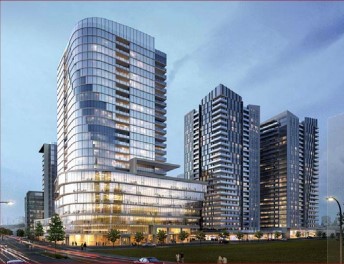
Pinnacle South, 10118 NE 8th St, Bellevue (Source: Downtown Bellevue Major Projects List, City of Bellevue, Q1 2022)
In preliminary analysis, an estimated 12,400 hotel room nights per year would directly result from events at the aquatics and wellness facility.
Partner programs may also be set up with hotels where guests can receive passes to use the aquatics facility, generating interest and benefit for both parties.
Keeping local revenue in the city also creates ripple effects in the local economy. The four public high schools in Bellevue compete amongst 16 schools in the Kingco conference. There are also local youth and adult swim, water polo, artistic swimming, and triathlon teams in the area. With all these teams comes high school and club meets, conference championships, invitationals, clinics, and regional special events that bring in the aforementioned 300-1,000 participants and 500-1,500 spectators a day to the facility, and generates spending in the local community. Supporting local restaurants, grocery stores, and cafes would occur not only in these specific event examples, but also from daily visitors outside the city attracted to the specific programming at the facility not found elsewhere.
Imagine a combined 300 to 2,500 participants and spectators a day atttending a 2 to 4 day regional meet picking up coffee and a light breakfast before the morning session and getting lunch with their swimmer after the session, then possibly staying in a hotel before the next day’s session.
While the primary focus and user base for the new aquatics and wellness facility is to serve residents of Bellevue, local comparisons indicate that it will also draw users and revenue from regional guests beyond the local community. Going back to the Lynnwood example, in the research SPLASHForward has done, Lynnwood Rec Center serves local needs for Learn to Swim, high school aquatics (Edmonds School District, 4 teams), summer league teams, homeschooling community and recreational swimming. They serve both local and regional needs for recreational and adaptive swim programs.
In the summertime, they draw from a 40-50 mile radius for drop-in recreational swimming.
Their adaptive swim/sport and special needs program has a 3 year waiting list and draws from as far away as Anacortes, Orcas Island and Olympia. A regional scale aquatics center provides aquatic design components and programming that best supports the aquatic recreation, fitness, health & wellness, training and competitive needs of the Greater Eastside. It will expand Bellevue’s current offerings that have been challenged to keep pace with swelling demand both in the city and beyond. Local and regional facility use work together to sustain a regional scale aquatics facility. SplashForward has seen similar economic impact studies in Best in Class benchmark facilities across the United States[2].
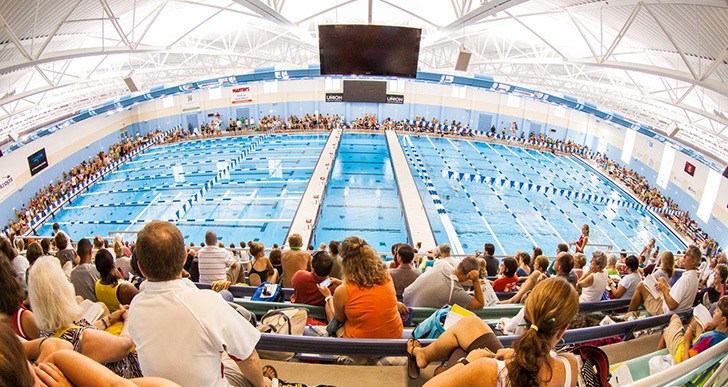
Swim RVA, Richmond, VA
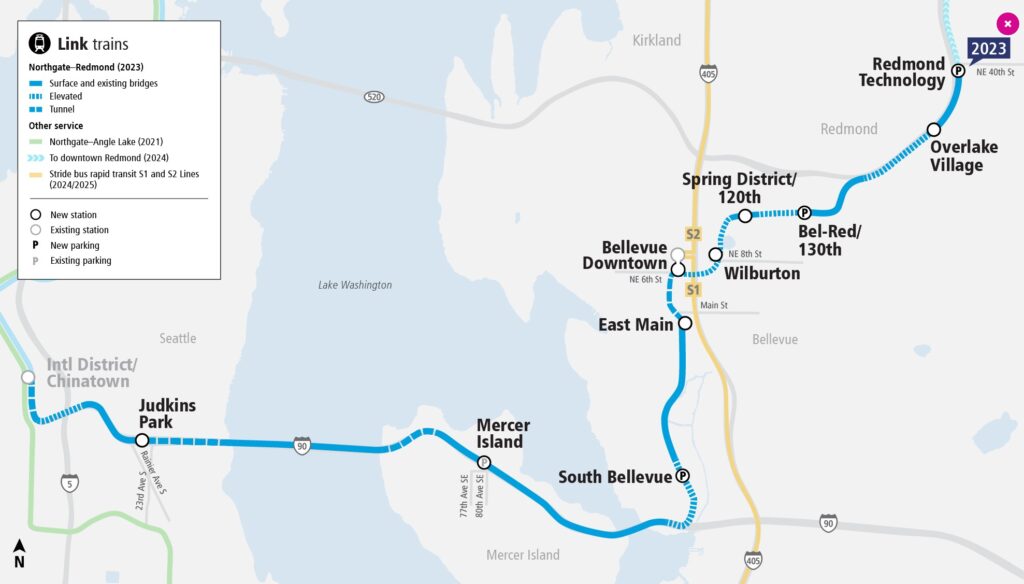
East Link Light Rail (aka the 2 Line), 2023
Bellevue’s profile and infrastructure are growing. The real estate market is booming. The light rail project is nearing completion and will increase accessibility both in and around the city. The Eastrail bicycle trail continues to increase in length through Bellevue. Other world class projects such as a Major League Cricket facility in nearby Redmond will only increase the health and wellness tourism in the Greater Eastside Area.
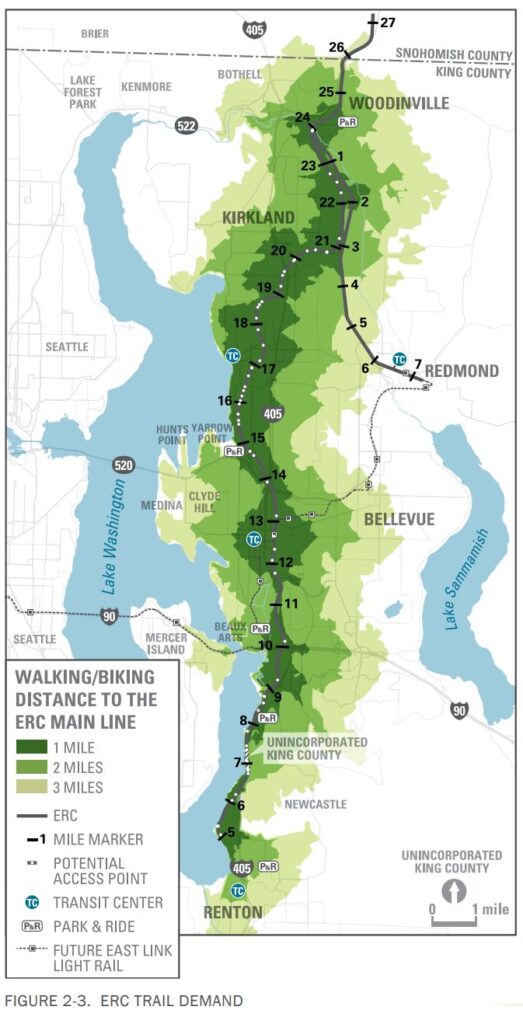
Eastrail Multi-use Corridor
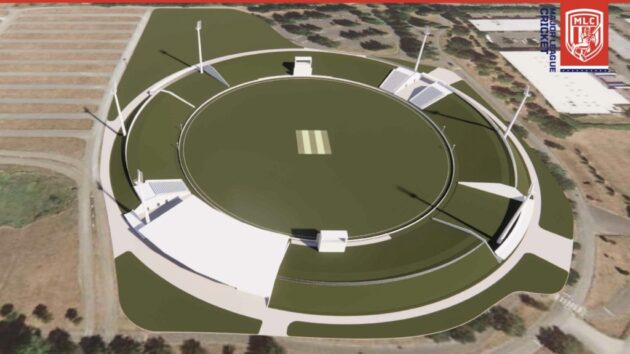
Marymoor Cricket Community Park in Redmond, WA (Major League Cricket Image)
The current site recommendation of Bellevue Airfield Park is the last large park to undergo major development in Bellevue, and building a hallmark aquatics and wellness facility pairs well with large investments made by local businesses in the city. Another channel for the facility to partner with local businesses would be through sponsorship and advertising or corporate memberships for attracting and retaining employees.
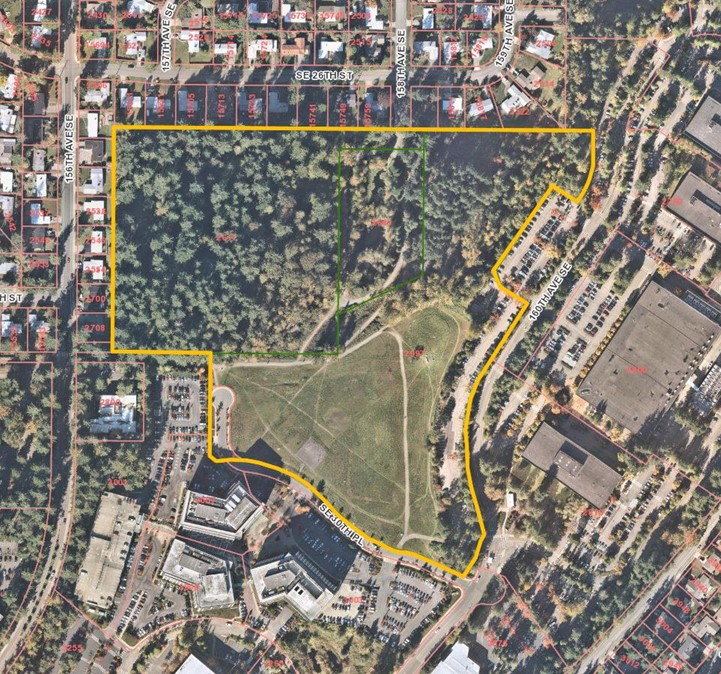
Bellevue Airfield Park, Bellevue WA
The aquatics and wellness facility itself is a generator of job creation and growth in Bellevue. Over an 18 to 24 month period construction would generate 70 to 90 full-time construction and supervisory jobs, and $300,000 of salaries and wages for other jobs in the year prior to opening are estimated by SplashForward. It estimates in years 1-5 of operation, a grand total of $19,500,000 in salaries, wages, and benefits paid to full time and part time employees, an average of $3,900,000 per year. Annual revenue growth is modeled to increase 5% each year, beginning in year 3.

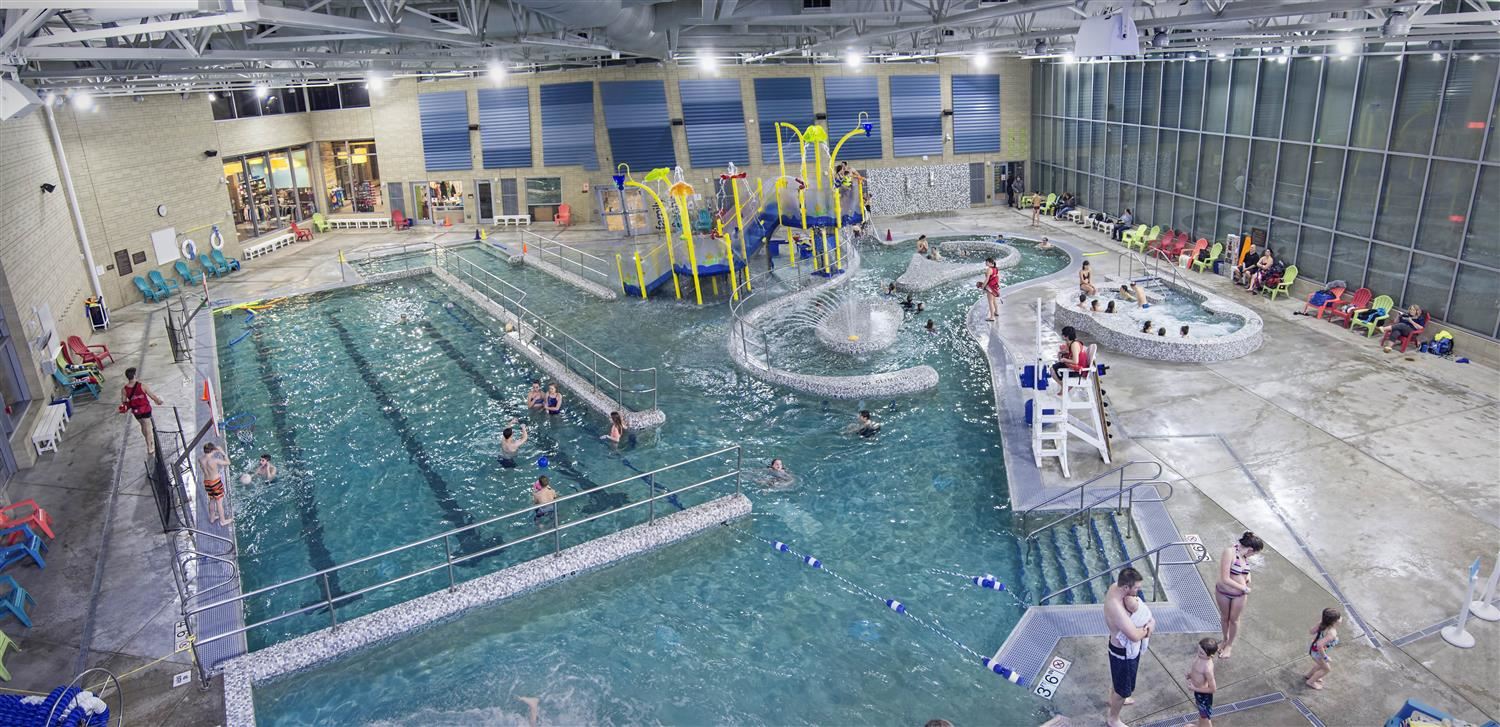
Beyond the numbers and studies, the intangible economic impacts of having a world class aquatics and wellness facility contributes strongly to the character of the city of Bellevue by being host to an accessible, forward thinking, and thoughtful facility. Support within the community for high schools in Bellevue and local athletes young and old generates momentum for more people to be active and healthy. There is a sense of pride for high school swim, dive, and water polo athletes to be able to train and compete at a world class facility in their hometown. Family memories created at the splash park in the recreational facility increase quality of life and the positive reputation of Bellevue. Being another strong attraction for the city bolsters its profile as a place where employers, forward thinking organizations, and people want to be.
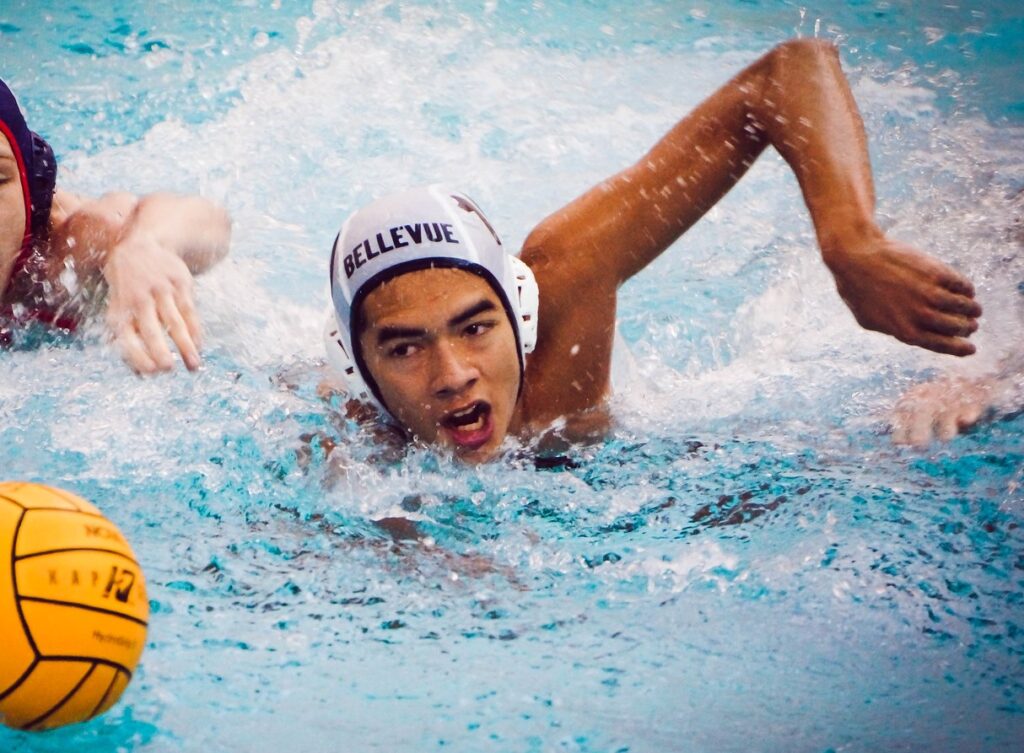
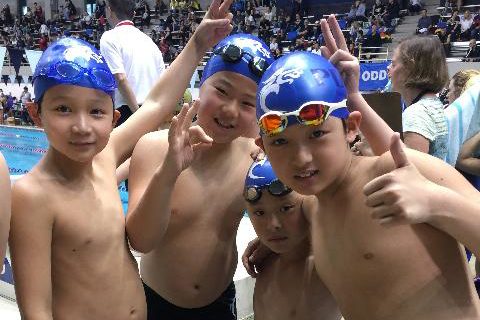
This could be the future for an aquatic facility in Bellevue.
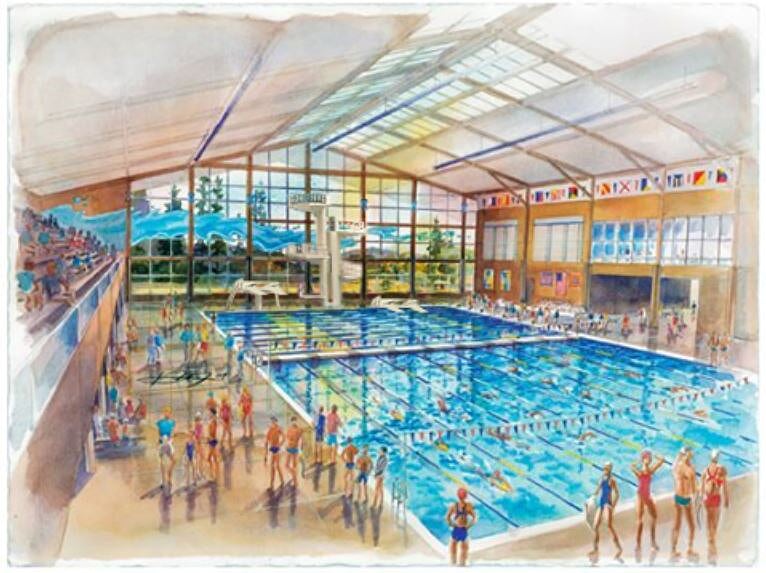
Water for All | Water for Life. SPLASHForward seeks to improve our community’s health and wellness through greater aquatics access and social connection. SPLASHForward comprises the private side of the anticipated public private partnership with the City of Bellevue and Bellevue School District to build a world class public aquatics, health, and wellness community center in Bellevue. The facility vision includes a community program pool, competition pool (50 meters), a deep water pool, family water park, warm water therapy, fitness facilities, and flexible community meeting rooms. Partnership with surrounding communities of Kirkland, Redmond, and support from King County has contributed to the growing momentum of the project. SPLASHForward is a 501(c)(3) nonprofit public charity.
Join us in our journey
Learn More...
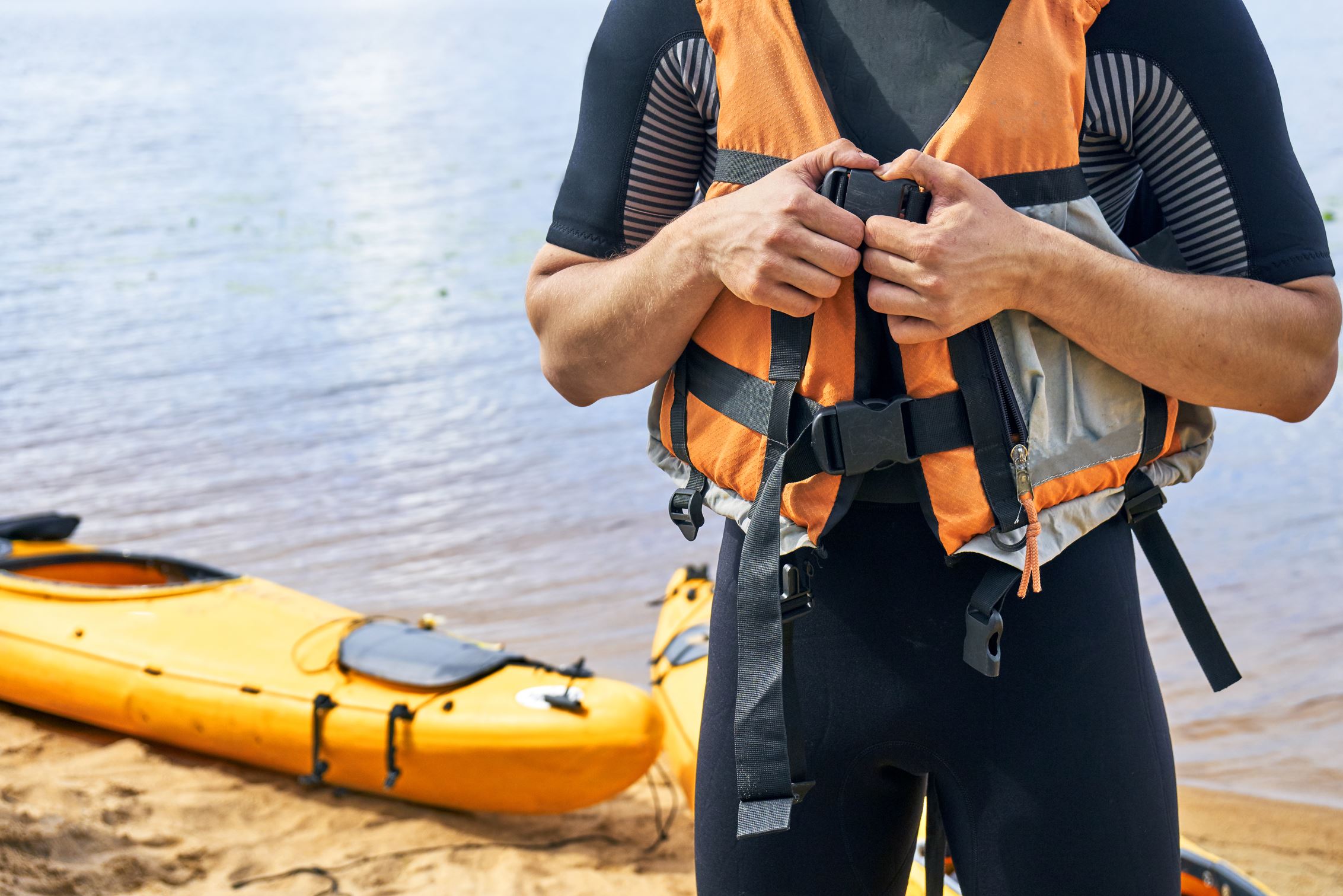
Access to Water Safety
Read how a shortage of pools effects water safety in our community
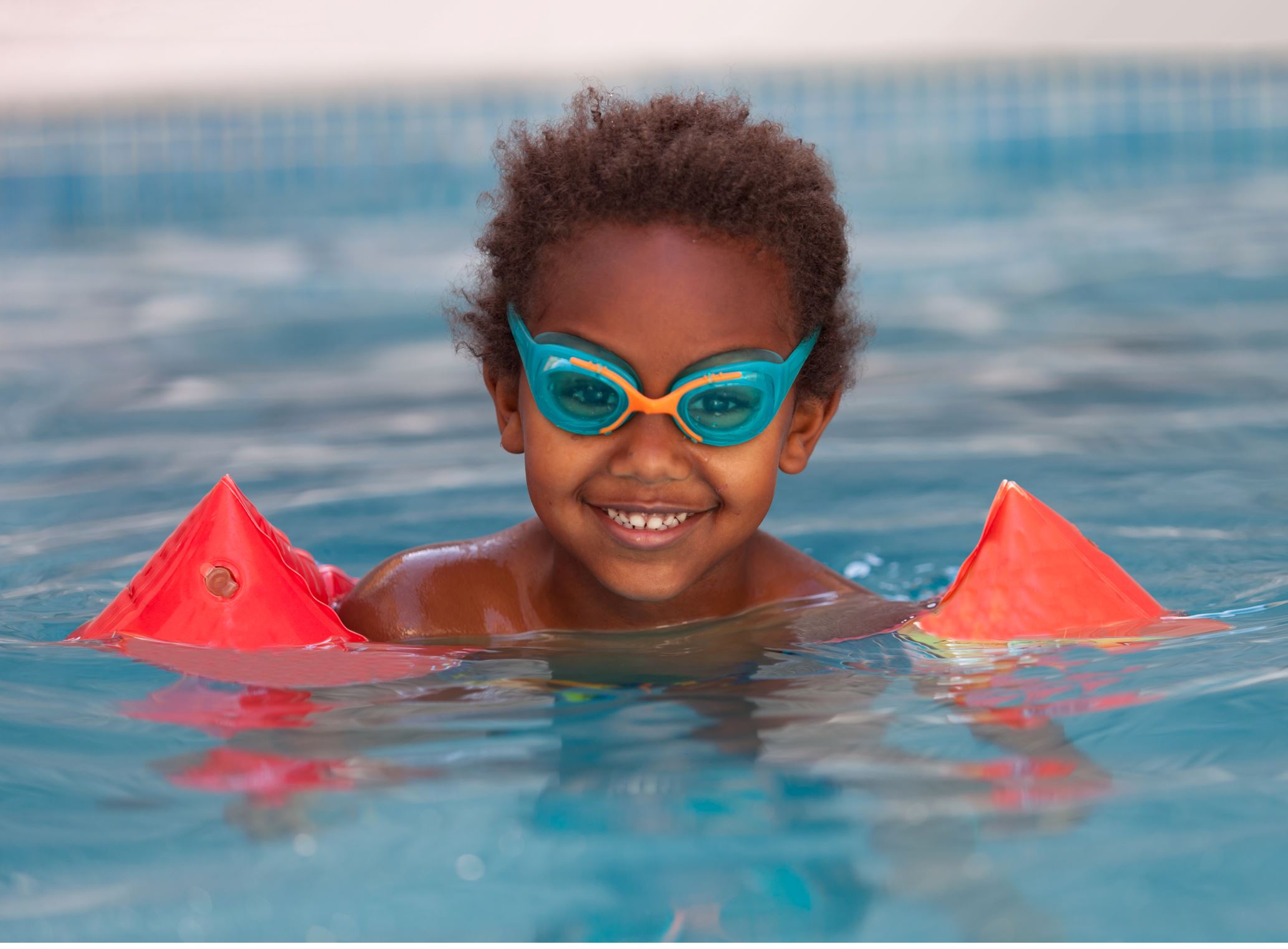
Aquatics Pathways
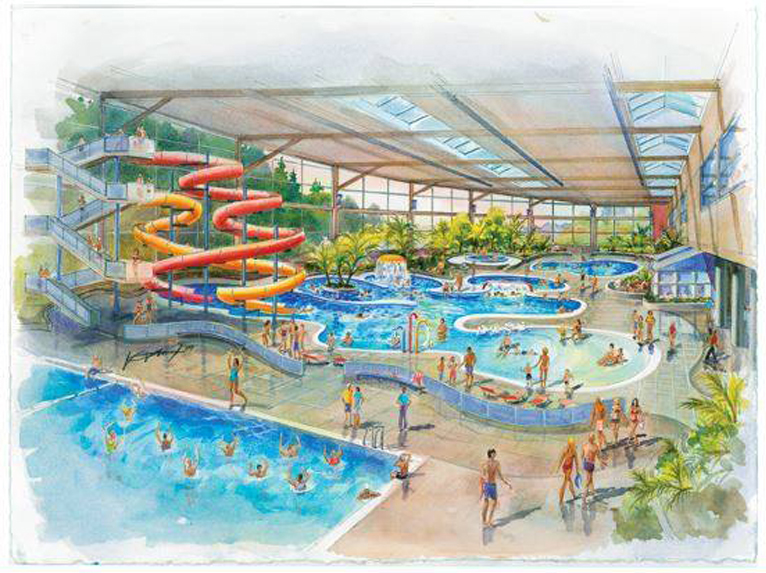
Latest News for New Facilities
Find out what we're up to and how to stay in the know
[1] Excerpt from The Sports Management Group’s Concept Plan Report Oct 2014
[2] Addendum of Best in Class Aquatics Facilities from King County’s Regional Aquatics Report 2019: http://splashforward.org/wp-content/uploads/2020/07/SplashForward-Best-In-Class-Addendum-for-Regional-Aquatics-Report-July-15-2019-FINAL.pdf
